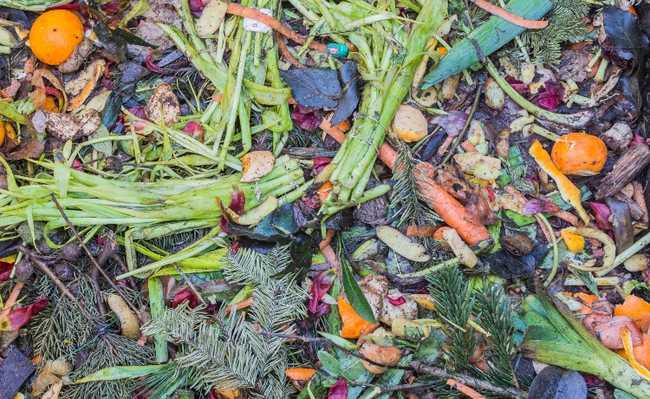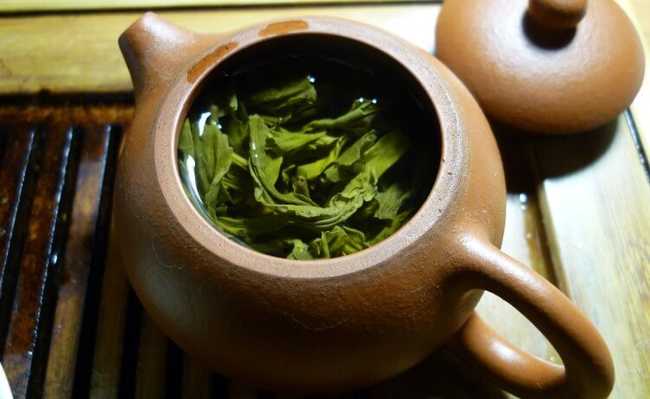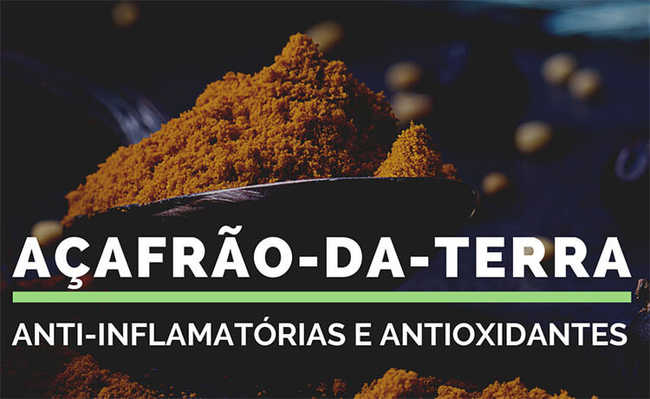What constitutes soaps?
An essential personal care product that contains potentially hazardous substances

Can you imagine the components of commercially sold soaps? And what can they do to our health? In the past, soaps were basically composed of animal fat and wood ash. Nowadays, the components have diversified and many can harm health and the environment. So what is soap after all?
Soap or soap?
Soaps are sodium salts of long-chain carboxylic acids, products of the so-called saponification reaction. In this reaction, the glycerides (oils and fats) undergo hot basic hydrolysis in the presence of a strong base, such as caustic soda (or sodium hydroxide - NaOH), forming, in addition to the soap itself, also glycerol (an alcohol) . Simply put, the reaction between a strong based oil/fat produces soap and alcohol. They are intended for washing clothes, utensils, surfaces, among others.
- soap guide
Soaps are also obtained through the saponification process, such as soaps, but they are personal care products composed of higher quality fats, perfumes, dyes and numerous other substances. We will deal here with industrially produced soaps.
regulation
In Brazil, according to the National Health Surveillance Agency (Anvisa), exfoliating, facial, body and deodorant soaps, due to their intrinsic characteristics, do not initially need to indicate the mode of use, their restrictions, and prove if they really belong to that class of products. Antiseptic soaps (bactericides), children's and intimate use soaps require this information as well as proper proof of safety and/or efficacy. Therefore, it is always important to pay attention to the type of product you are buying and make sure it has all the necessary information.
Main components and their effects
Based on information taken from the Environmental Working Group (EWG), the four most common potentially harmful components in both liquid soaps and bar soaps are:
1. Fragrance
Fragrances make soaps perfumed due to Volatile Organic Compounds (VOCs). However, the effects that such components can have on health range from skin allergies to kidney cancer (learn more about this subject here).
A very common component in soaps and cosmetics that acts as a fragrance is known as lily or butylphenyl methylpropional. This component is considered a synthetic chemical and one of the ingredients that cause the most allergies among other substances that also have a fragrance function. Even so, it is still considered by the FDA to be a safe substance for use in cosmetics. According to the Environmental Defense Canada, in addition to allergies, there is evidence that the lilial acts on the hormonal system by deregulating estrogen, the female hormone.
2. Benzyl benzoate
It is a substance of organic origin, but it is not considered a Persistent Organic Pollutant (POP). It is used in room aromatizers, insecticides, perfumes, medicines, plastics, leather, fabric dyeing, cleaning products, cosmetics and personal care products such as soaps.
Studies show that benzyl benzoate can cause skin allergies, contact dermatitis, possibly be toxic to the human immune system and act in hormone deregulation.
Another study carried out with the aim of presenting the characteristics of leachate from Brazilian landfills, pointed to the presence of benzyl benzoate in the liquid that drains from the final destination of domestic waste. In Brazil, there are still many landfills, the local soil is not waterproofed to put garbage in - what happens is that this extremely polluting liquid reaches groundwater contaminating rivers that are possibly used for leisure, tourism, fishing, income generation and even to supply thousands of people. This affects the state of the environment and, as part of it, the human being and many other forms of life. For landfills where the soil is not waterproofed, the liquid must be collected and treated, but with so many pollutants present in it, such as benzyl benzoate, its treatment is extra difficult.
- Brazil makes little progress to overcome dumps and landfills, research points out
3. DMDM Hydantoin
It has the same function as triclosan, acting as an antibacterial in antibacterial soaps and other cosmetics. In this way, it also allows the development of bacterial resistance. DMDM hydantoin can also cause allergies and contact dermatitis. The greatest health risk issue involving this component is related to the fact that it releases small amounts of formaldehyde (or formaldehyde), an extremely dangerous substance considered to be carcinogenic by International Agency for Research on Cancer (IARC).
4. BHT
It can also be called Butyl Hydroxytoluene(. It is used as a preservative in food and cosmetic products. Despite several studies linking BHT to the onset of cancer, the IARC lists it as a non-classifiable substance regarding its carcinogenicity in humans. According to Environmental Defense Canada, BHT causes effects on the thyroid.
Heads up
Always be aware of the ingredients listed on the packaging of soaps and other cosmetics as well. Many products can cause immediate or long-term adverse reactions and we should, whenever possible, avoid those items that contain potentially harmful elements.
Examples of safer health products are natural soaps. It is important to know the differences between natural cosmetics and natural cosmetics. According to Ecocert, cosmetics based on natural products are composed of traditional chemical formulations and contain some active ingredients of natural origin; natural cosmetics contain at least 95% natural ingredients. However, this does not guarantee that it cannot cause allergies or irritation. In case of adverse reactions, it is always recommended to consult a doctor or specialist.
A natural soap should contain some combination of the following ingredients or the presence of all of them:
- Natural extracts taken from plants;
- Resins of vegetable origin;
- Honey;
- Vegetable dye;
- Natural essential oils;
- Aromatic plant substances;
- Natural scented water;
- Natural preservatives (pepper rosemary, rosemary, cloves, nutmeg, allspice, sage, saffron, among others);
- Glycerin, which does not harm health and is present in many handmade soaps.
As it does not contain artificial components, a soap or a natural cosmetic, in addition to being less harmful to health, it will also be less harmful to the environment - both in terms of waste and effluent treatment, as well as in the effects caused in dumps and landfills.
Certified products
One of the ways to ensure that you are actually buying a natural cosmetic is the certification seals. Internationally, the Association of German Industries and Trade Firms (BDIH) certifies natural cosmetic products that exactly meet the established criteria. In Brazil, natural cosmetics are certified and follow the quality standards of IBD Certification and Ecocert. Both companies list certified companies and products.
Now that you know the risks associated with using soap, how about incorporating healthier and more sustainable natural products into your daily life?










